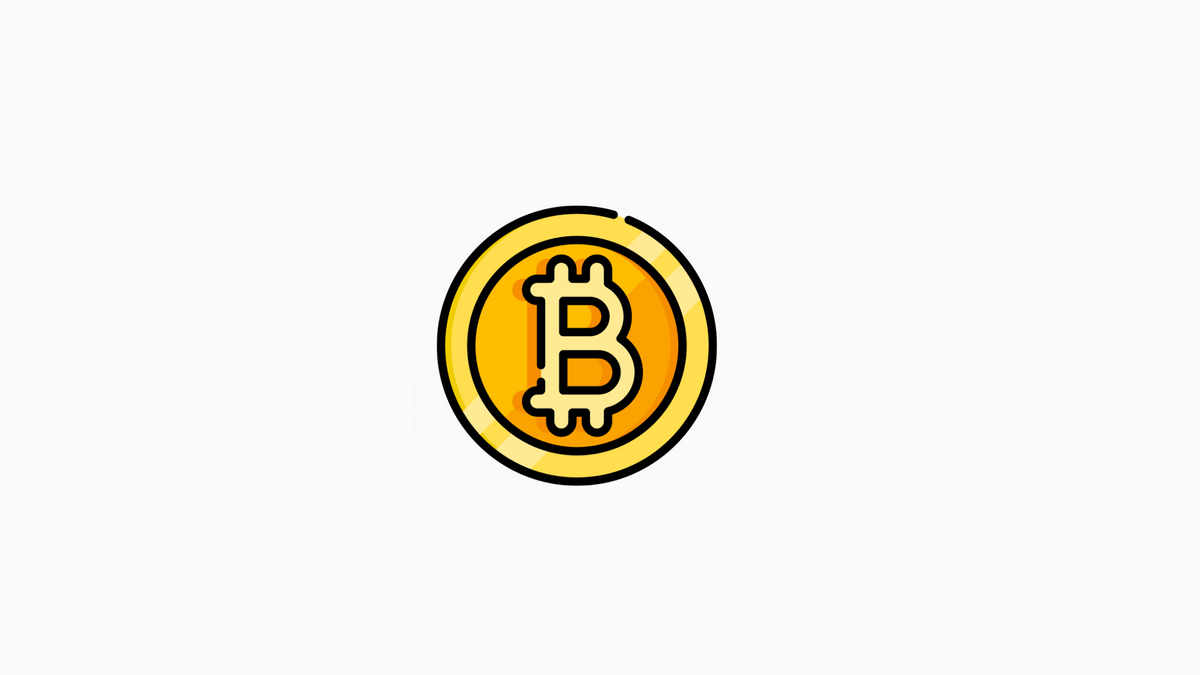An Introduction to Bitcoin

Bitcoin is a digital asset and a payment system invented by Satoshi Nakamoto.
Transactions are verified by network nodes through cryptography and recorded in a dispersed public ledger called a blockchain. Bitcoin is unique because there are a finite number of them: 21 million.
Bitcoins are created as a reward for a process known as mining. They can be exchanged for other currencies, products, and services. As of February 2015, over 100,000 merchants and vendors accepted bitcoin as payment.
How does Bitcoin work?
Bitcoin development is a process that is constantly evolving. Bitcoin developers are continually working to improve the codebase and enhancements to the network. Bitcoin development work can be divided into two categories: changes made to the protocol and modifications to the client software.
The protocol refers to the underlying rules of Bitcoin. This includes the block size, the number of bitcoins in circulation, and the algorithm used to create new bitcoins. Protocol changes must be approved by a majority of miners to be implemented.
Client software refers to people’s programs to send and receive bitcoins. The client software can be modified or updated by anyone without needing approval from any other party. This allows for a lot of flexibility in developing new features and fixing bugs.
Bitcoin is a digital currency that uses cryptography to control the creation and transfer of money. It is decentralized, meaning that it is not subject to the whims of governments or financial institutions.
Transactions are verified by a network of computers rather than a centralized authority and are recorded in a public ledger known as the blockchain. Bitcoin was created in 2009 and has since become the world’s most popular digital currency.
Bitcoin offers several advantages over traditional currencies.
First, it is decentralized, meaning that it is not subject to the whims of governments or financial institutions. This makes it immune to hyperinflation, bank runs, and other economic crises.
Second, Bitcoin transactions are verified by a network of computers rather than a centralized authority. This makes them more secure and less susceptible to fraud.
Third, Bitcoin transactions are recorded in a public ledger known as the blockchain.
How to buy and store Bitcoin
When you are ready to buy Bitcoin, you need to have a place to store them. You can use a digital wallet, an online service that stores your Bitcoin for you, or you can download a software program to store them on your computer. You also need to have an account with a Bitcoin exchange to buy and sell Bitcoin.
The most popular digital wallets are Coinbase and Blockchain.info. They allow you to buy and sell Bitcoin, as well as store them in your digital wallet. You can also use these wallets to pay for goods and services with Bitcoin.
If you want to store your Bitcoin offline, you can download the software program Bitaddress.org. This program allows you to create a paper wallet, a physical document that stores your Bitcoin offline.
The future of Bitcoin
Bitcoin is a revolutionary technology that changes the way we think about money. Although it has had its share of ups and downs, the future of Bitcoin looks bright.
As more and more people become aware of its benefits, we can expect to see even greater adoption in the years to come. So if you’re looking for a way to invest in the future, Bitcoin is worth considering.